Physical Address
304 North Cardinal St.
Dorchester Center, MA 02124
Physical Address
304 North Cardinal St.
Dorchester Center, MA 02124

Before diving into the effects of temperature on disposable cameras, it’s important to grasp how they function. Disposable cameras are simple, compact devices that contain a roll of pre-loaded film, usually 27 or 36 exposures.
Unlike digital cameras, these rely solely on physical film to capture images. Once you’ve taken all your shots, the camera is sent off to be developed, and you receive your printed photos.
Film is the critical component inside a disposable camera. It’s made of light-sensitive chemicals that react when exposed to light through the camera’s lens. The quality of the photos largely depends on this film, which can be sensitive to external factors such as light leaks, humidity, and – importantly – temperature.
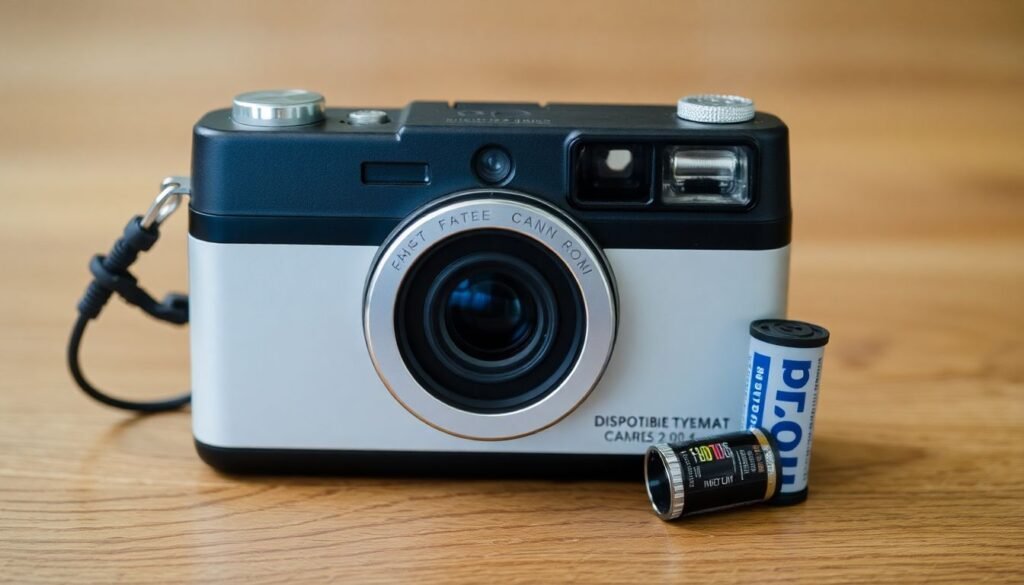
Film can be quite vulnerable to environmental conditions. Disposable cameras are typically designed to operate within a moderate temperature range. Excessive heat or cold can cause issues like color distortion, image blurring, or even failure to capture photos altogether.
Film reacts differently depending on the temperature it’s exposed to. When it’s too cold, the film can become brittle and may not advance properly inside the camera.
If the camera or film becomes too hot, chemical reactions can speed up, causing the film to overexpose, leading to washed-out images or unwanted color shifts.

Cold weather is notorious for affecting camera performance, especially disposable cameras that lack the sophisticated heating elements found in more advanced equipment.
Extreme cold can stiffen the camera’s mechanical parts, making it difficult to advance the film. Additionally, the cold slows down the chemical reactions needed for proper image exposure.
In freezing temperatures, film becomes less flexible and may crack if wound too tightly. This makes it more susceptible to breaking, which could ruin your photos.
Cold can also affect cameras that rely on a built-in flash, as the battery power required for the flash diminishes faster in cold weather.
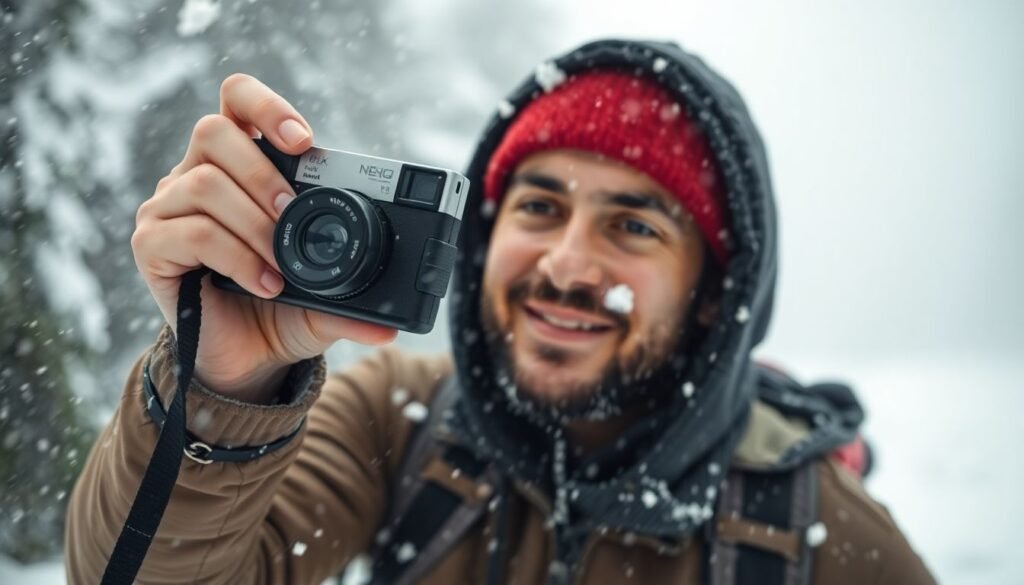
To make the most of disposable cameras in cold conditions, here are a few key tips:
Heat can be just as damaging to disposable cameras as cold. In hot conditions, especially above 90°F (32°C), film becomes more sensitive to light, which can lead to overexposure.
The adhesive or plastic components inside the camera can also weaken or melt slightly, which may cause mechanical issues.
Prolonged exposure to heat can cause the film’s chemical properties to degrade. This results in duller colors, washed-out images, or even total exposure failure.
The hotter the temperature, the more rapidly these chemical processes take place, making it harder to produce quality photos.
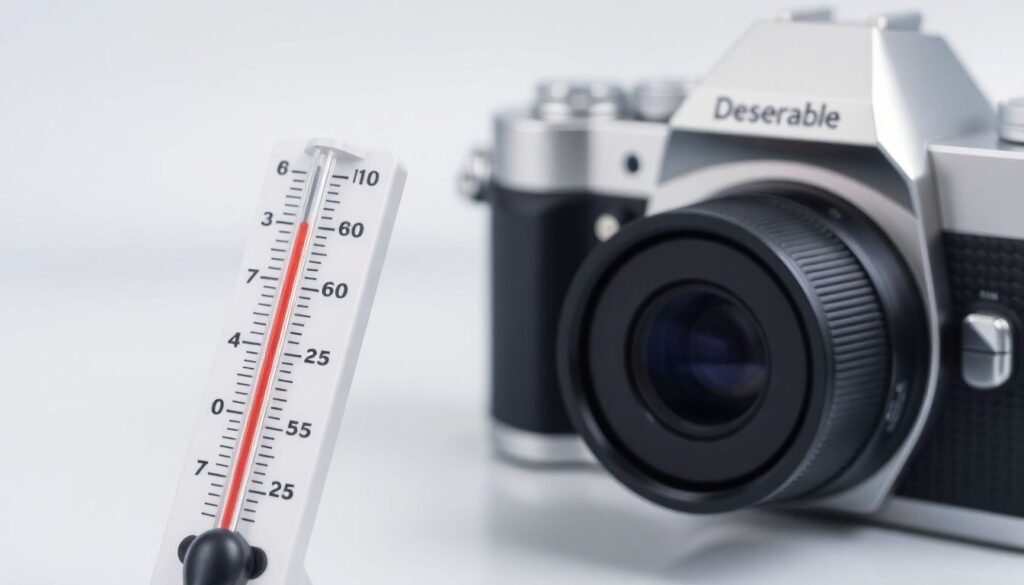
To keep your disposable camera working well in high temperatures:
Proper film storage is essential if you’re traveling through diverse climates or using disposable cameras intermittently. For long-term storage, keep film in a cool, dry place. Refrigerating your film (but never freezing it) can also help preserve it in hot environments.
When moving between temperature extremes, give your camera time to acclimate to the new environment before snapping photos.

Humidity can be another factor in extreme climates. High moisture levels can cause condensation inside the camera, which may lead to film damage or mechanical malfunctions.
Always keep your camera dry and consider using moisture-absorbing silica packets in your camera bag when shooting in humid environments.
Many disposable cameras come in basic cardboard or plastic casings, but some manufacturers offer waterproof or weather-resistant versions designed for rugged environments.
These specialty cameras are ideal for extreme conditions, offering better protection against temperature shifts, moisture, and impact.
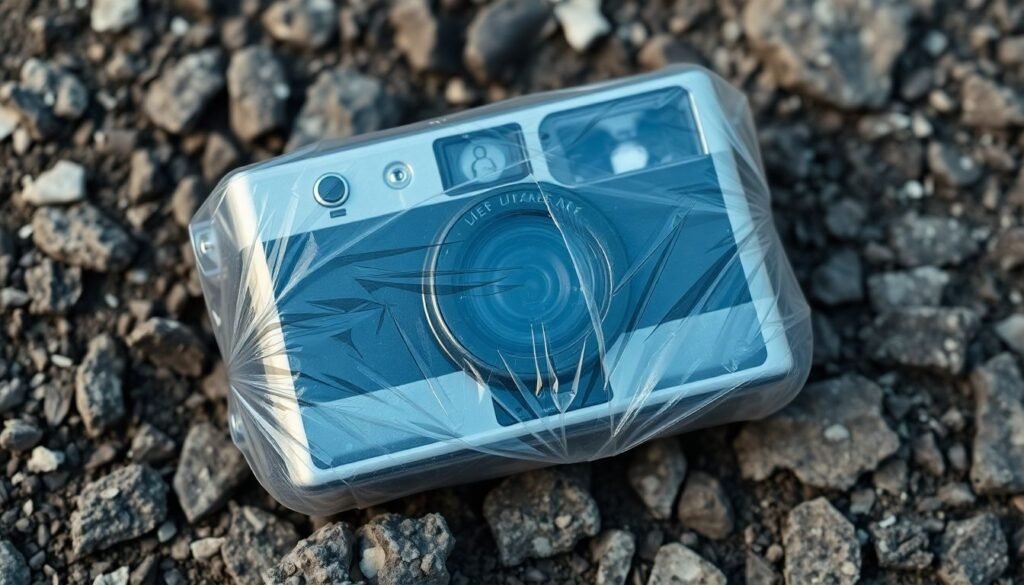
While digital cameras and smartphones dominate the photography landscape, disposable cameras still offer unique advantages. They are inexpensive, durable, and simple to use. If you’re trekking through harsh environments where carrying expensive gear is risky, disposable cameras are a reliable choice.
Some adventurous travelers have tested disposable cameras in extreme settings, like high-altitude hikes or Antarctic expeditions. These stories often show that while results may vary, with proper care, disposable cameras can perform surprisingly well even in tough conditions.
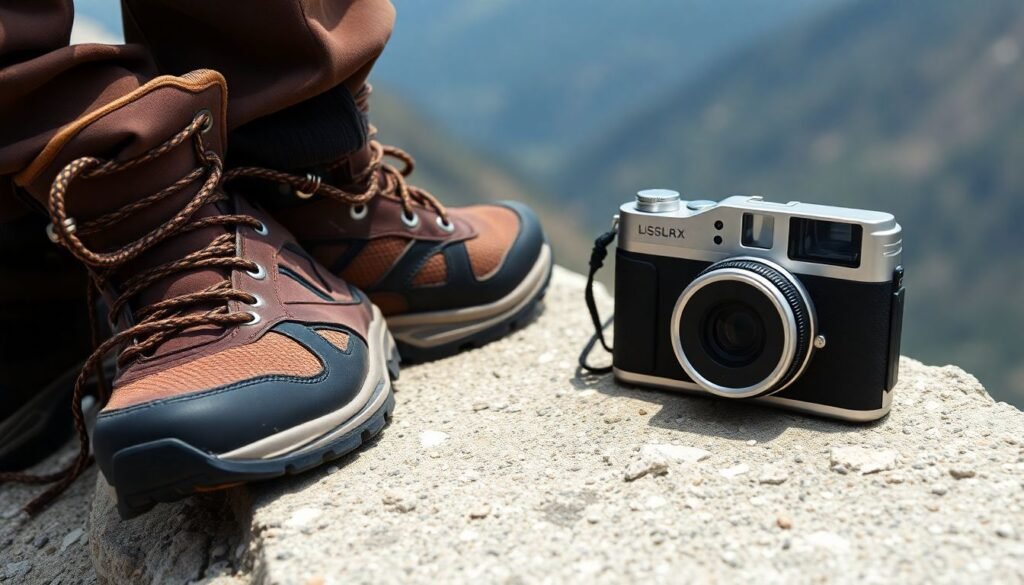
So, can disposable cameras be used in cold or hot conditions? The short answer is yes, but with precautions. Extreme temperatures can affect the performance of the camera and the quality of your photos. By following simple best practices, such as protecting your camera from extreme temperatures and storing it properly, you can still capture great shots no matter where your adventures take you.
1. Can a disposable camera freeze in extreme cold? Yes, extreme cold can cause film to become brittle and may lead to mechanical failures in the camera. Keep it warm and protected to avoid freezing.
2. How can I prevent my disposable camera from overheating? Store your camera in the shade or inside a protective case, and avoid leaving it in hot environments like cars or direct sunlight.
3. Does altitude affect the performance of disposable cameras? Altitude itself doesn’t impact performance, but colder temperatures and lower air pressure at high altitudes can affect film and battery function.
4. Can film be damaged by temperature changes during travel? Yes, rapid temperature changes can lead to condensation inside the camera, which may damage the film. Allow time for the camera to adjust to new temperatures.
5. How should I store disposable cameras when not in use? Keep disposable cameras in a cool, dry place, away from extreme temperatures. For long-term storage, refrigerating the film can help preserve it.